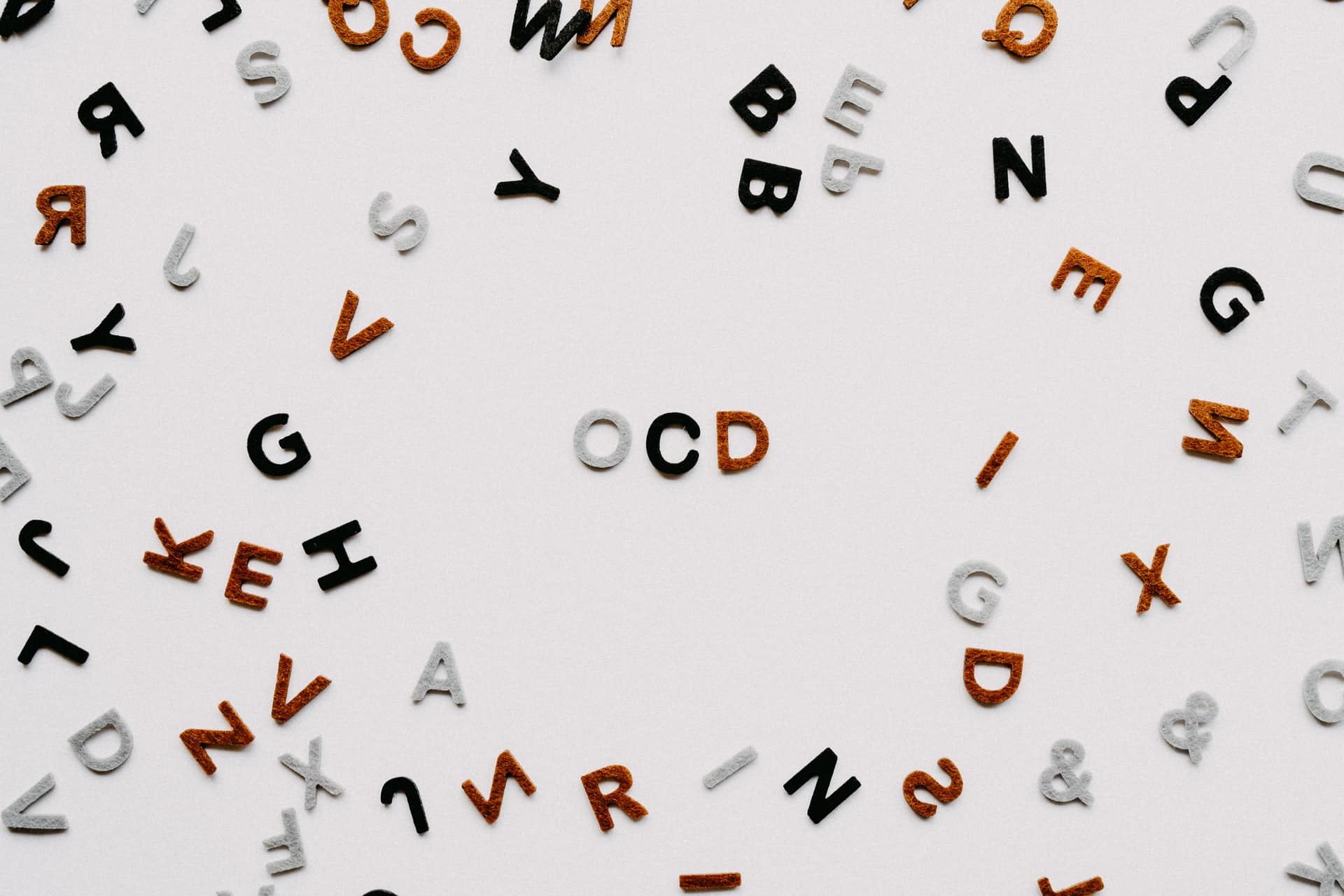An Overview of Obsessive Compulsive Disorder
Julieth Diaz, MD


As defined by the American Psychiatry Association (APA), Obsessive Compulsive Disorder or OCD is a “disorder characterized by recurrent intrusive thoughts (obsessions) that prompt the performance of neutralizing rituals (compulsions).” OCD affects approximately 1 in every 100 adults in the United States. It is known to have a neurobiological basis and can appear at any age. Specifically, 30% of the adults diagnosed with OCD first experienced symptoms in childhood.
For an obsessive and compulsive person to be considered OCD, the symptoms (obsessions and compulsions) must be present for at least one hour per day and cause significant distress.
OCD can coexist with ADHD. Sometimes the two disorders can be confused or even overlap, so we want to briefly recount the main characteristics associated with this diagnosis and its treatment.
What is an obsession?
Obsessions are intrusive, distressing, and irrational thoughts that usually revolve around a specific theme and often do not coincide with the patient’s values (e.g., hurting vulnerable people or loved ones). Such thoughts can present themselves in the form of doubts, images, or urges. In this case, anxiety does not arise solely from an issue in the patient’s daily life nor from their body image or fear of suffering from an illness. These factors differentiate OCD from other mental health conditions.
Although the patient recognizes the irrational nature of the obsessions, they see the compulsions as the only way to neutralize them or alleviate the anxiety they produce.
Obsessions can lead to problems with attention and concentration and thus may be confused with ADHD. In the case of OCD, it is important to establish the cause-and-effect relationship between obsessions and inattention.
What is a compulsion?

Compulsions can be understood as involuntary and repetitive behaviors aimed at relieving the anxiety generated by the obsessions. They can be both visible (e.g., check and recheck) and imaginary (e.g., counting) acts. In the first example, the patient’s social environment usually refers to the presence of rituals and repetitive acts, however, in the second example, the anamnesis is especially important since only the patient will be able to identify and refer to compulsions.
Far from neutralizing the obsessions, compulsions reinforce themselves and feed the cycle (the temporary decrease in anxiety reinforces the practice of the compulsion) causing the patient with OCD to be increasingly dysfunctional.
Causes of Obsessive Compulsive Disorder

Several theories explain the appearance of OCD. Some popular theories include cognitive theory, behavioral theory, and environmental factors.
According to cognitive theory, we all experience intrusive thoughts. However, most people are capable of filtering these thoughts out. Other people are prone to misinterpret such thoughts and develop obsessions and compulsions. Those who tend to misinterpret intrusive thoughts exhibit such traits as perfectionism, intolerance of uncertainty, over the importance of thoughts, overestimation of threat, and inflated responsibility.
According to behavioral theory, conditioning is a factor that intervenes in the establishment and maintenance of compulsions and obsessions. On the other hand, environmental factors, as in many other conditions, can trigger the appearance of OCD symptoms in people genetically predisposed to it.
OCD Treatment
As in ADHD, the treatment of choice for OCD is cognitive behavioral therapy (CBT). It is a psychotherapeutic intervention of proven efficacy through which it is possible to correct the patient’s cognitive distortions, achieve changes in the interpretations of intrusive thoughts, and modify behavior toward them.
In some cases, the mental health specialist will recommend medication augmentation to the psychotherapeutic process with the goal of achieving better and longer-lasting results.
If you have identified that you or a loved one may be experiencing OCD symptoms, consult a mental health professional to initiate a clinical evaluation and begin an appropriate therapeutic process.
Other Blog Posts in
Animo Sano Psychiatry is open for patients in North Carolina, Georgia and Tennessee. If you’d like to schedule an appointment, please contact us.
Get Access to Behavioral Health Care
Let’s take your first step towards. Press the button to get started. We’ll be back to you as soon as possible.ecovery, together.




